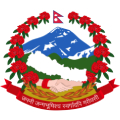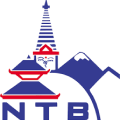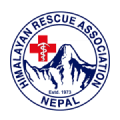Khokana is a traditional and picturesque Newari village located about 8 kilometers south of Kathmandu, on the outskirts of Patan. This small village is best known for its rich mustard oil production, a practice that dates back to ancient times. Interestingly, Khokana was also the first town in Nepal to be lit with electricity in 1911 AD during the reign of Rana Prime Minister Chandra Shumsher.
There is an interesting local legend about how Khokana got its name. The word Khokana is derived from the Newari word khona, which means “telling while weeping.” The village’s residents primarily depend on agriculture, especially mustard oil production, for their livelihood.
Khokana is famous for its traditional method of extracting mustard oil, in which a heavy wooden beam is used to crush the mustard seeds. Mustard oil, a dark yellow vegetable oil with a slightly pungent taste, is widely used in cooking. It is not only considered heart-healthy but is also used for therapeutic massage. Additional benefits include stimulating appetite, preventing hair loss, and promoting skin and lip care.
At the heart of the village is a temple dedicated to the mother goddess Shikali Mai. You can also find the striking three-storey Shree Rudrayani Temple, which is visible from almost every corner of the village. Though the temples are important religious sites, the ponds in the area also hold significant spiritual value.
Every August, the village hosts the Khokana Festival, which highlights the unique cultural traditions of the community. While the festival showcases traditional Newari dances, foods, music, handicrafts, and the mustard oil-making process, it has also drawn criticism from animal rights activists due to the practice of animal sacrifice.
One particularly unique feature of Khokana is that villagers do not raise chickens or hens. Instead, ducks are domesticated and can commonly be seen swimming in the village ponds.
In addition to its cultural richness and historical significance, Khokana has been nominated for inclusion on the UNESCO World Heritage Site list. Let’s hope it earns this recognition in the near future.






